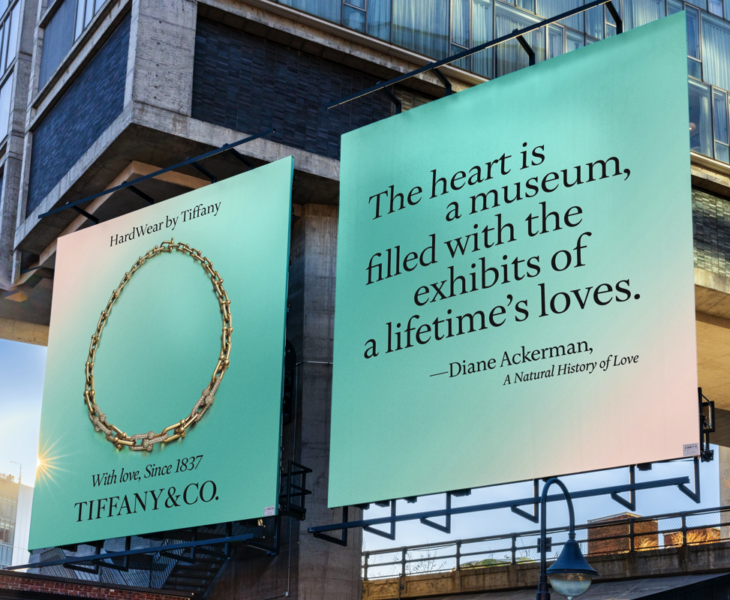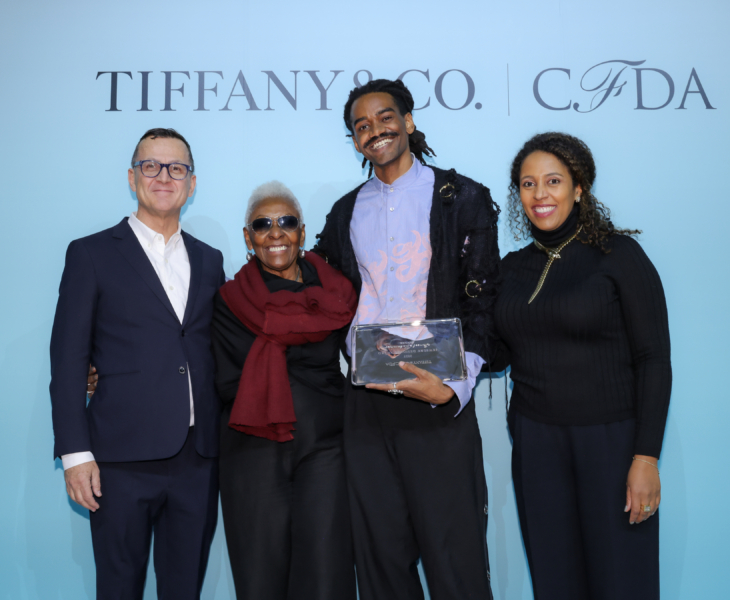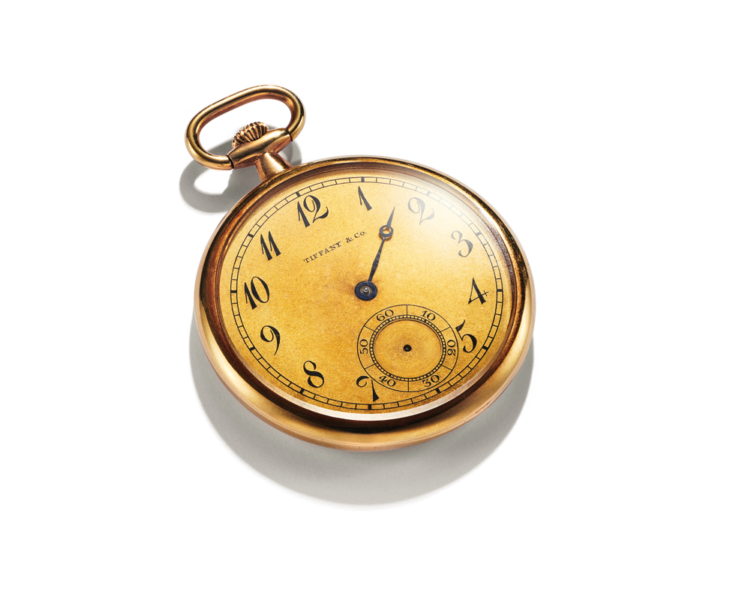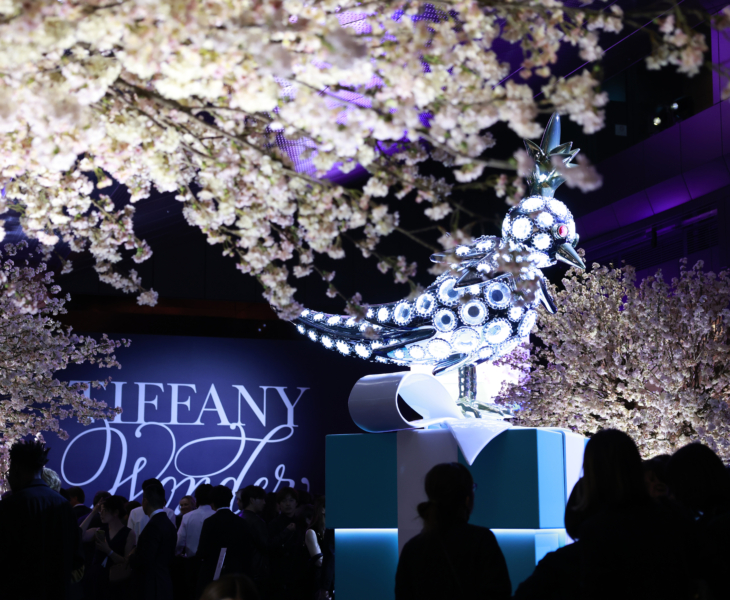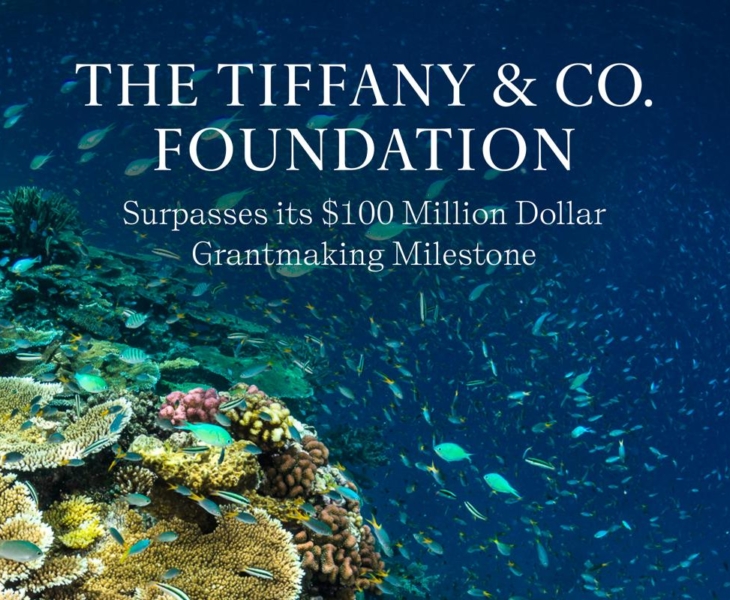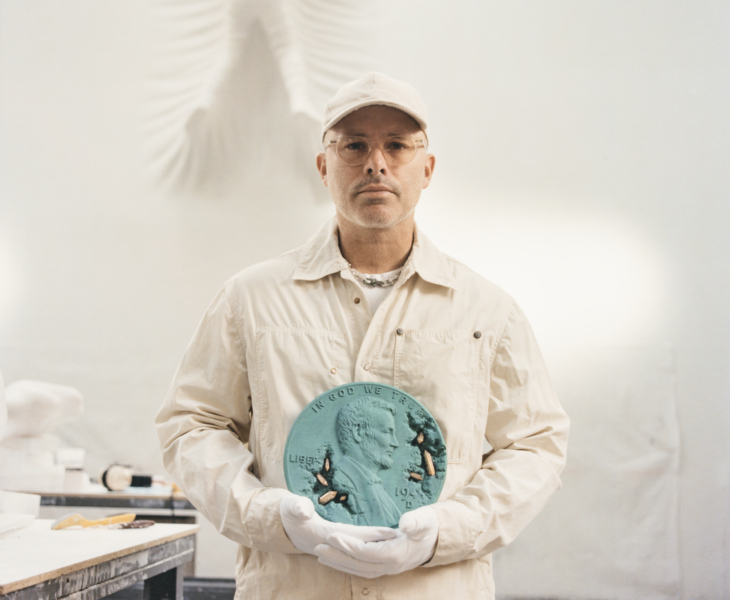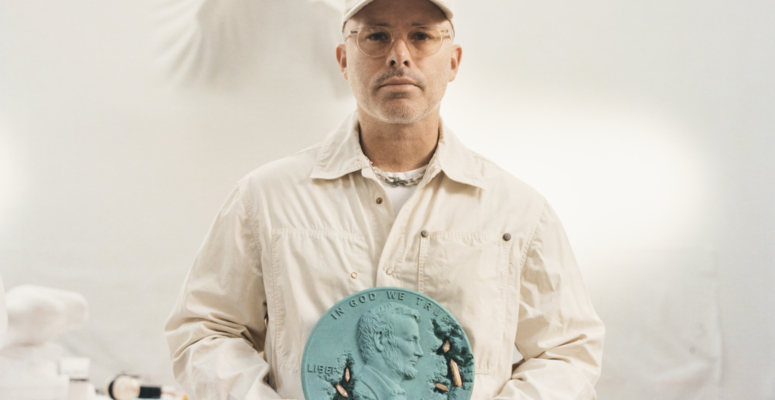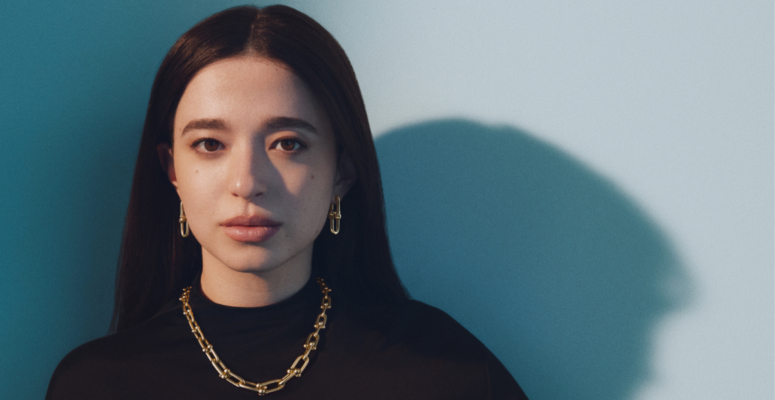When Elsa Peretti debuted at Tiffany & Co. on September 25, 1974, it marked the beginning of a revolution in jewelry. Over 2,000 people attended her first personal appearance, magnetized by the artistry and elegance of her sculptural gold and silver and the laidback glamour of her Diamonds by the Yard®.
The jewelry equivalent of ready-to-wear, Elsa’s designs were intended to be put on and carried off with ease. This attitude was something new for Tiffany and indeed the jewelry market. The accessible range of prices for the fashion forward jewelry was also completely different than any other collection. “What I want is not to become a status symbol but to give beauty at a price,” explained Elsa in a 1974 interview with People. It may not have been her goal, but Elsa’s pieces instantly became, and remain, emblems of style for many celebrated women.
“The day Elsa Peretti became a part of Tiffany & Co. was the day we entered a new era in our history of design innovation.” —Michael J. Kowalski, former Chairman and CEO, Tiffany & Co.
Elsa, who passed away on March 18, 2021 at 80, was born in Florence, Italy and educated in Switzerland and Rome. After receiving a degree in interior design, she worked briefly for architect, Dado Torrigiani in Milan before beginning a modeling career in Barcelona. Wilhelmina, the former model turned agent, suggested Elsa relocate to New York City. In 1968, she moved to Manhattan and landed at the absolute center of the creative scene. Artists, photographers, editors and the foremost fashion designers of the era were among her large circle of friends.
A desire for her own creative form of expression, a love of modern art, as well as the sleek fashions she was modeling inspired Elsa to design jewelry. She channeled her assured sense of style into a few bold and sensuous sculptural creations that fit perfectly with the clothes. Both Halston and Giorgio di Sant’Angelo showed her jewels with their runway collections. Elsa immediately built up a fanbase. Tiffany took notice.
Elsa’s historic career at Tiffany began after Tiffany’s art director George O’Brien, reached out to a senior editor at Harper’s Bazaar, Carrie Donovan, who spoke to Halston who told Peretti and set up a meeting for February 8, 1974. For the get-together, Elsa wore a red cashmere Halston dress and black shawl and carried her designs in a Spanish basket she used as a handbag. The only jewels she showed Tiffany’s chairman, Walter Hoving, were her Bottle pendant and Bone cuff. He offered her a contract on the spot. “It was the right idea at the right time,” the executive told The New York Times a few years later.
From the moment Elsa began designing jewelry, she worked side-by-side with the craftsmen making certain the curves on her gold and silver were comfortable to wear, beautiful to look at and wonderful to touch. Elsa had a particular love for sterling silver jewelry, elevating the status to accessible luxury for the first time.
Elsa’s sculptural style is exemplified in the Bone cuff’s curvaceous edges and the contour that fits over the wrist bone. “It was done with the first craftsman I worked with, Señor Abad,” Elsa told the special Style and Design issue of Time in 2013. “I was designing it on my left wrist. Then there was a flash between us about the area around the wrist bone. Between the craftsman and me, there is something in the air.”
Adventurous about techniques, Elsa introduced new ideas based on ancient craftsmanshipinto the Tiffany workrooms. Lacquer objects she saw during a trip to Japan ignited her imagination and became lacquer and hardwood jewels. A fragment of chainmail Elsa spotted while on vacation in India sparked the idea for her Mesh collection.
Elsa repeatedly expressed her gratitude to her craftsmen, frequently saying “Thanks to everybody who will continue to work with the spirit of a craftsman, and without whom we will never realize our fantasy.”
Throughout her design career, Elsa received accolades including the 1971 Coty American Fashion Critics Award for Jewelry and the 1986 Fashion Group “Night of Stars” award. In 1996 the Council of Fashion Designers of America (CFDA) named her Accessory Designer of the Year. Most recently Elsa accepted the Leonardo da Vinci Lifetime Achievement Award for Design at the 2019 Florence Biennale.
Several museums have recognized the artistic quality of Elsa’s creations and acquired her jewels and objects for their permanent collections. The British Museum in London has 55 Peretti works. New York City’s Metropolitan Museum of Art and Cooper Hewitt both have several Perettis in their collections. Other museums with Peretti holdings include the Museum of Fine Arts in Boston and the Museum of Fine Arts in Houston.
In 2000, many of Elsa’s passions inspired her to form the Nando and Elsa Peretti Foundation. The charitable organization, dedicated to the memory of her father Nando Peretti, has supported a broad range of over 1,000 non-profit projects ranging from civil rights initiatives to wildlife conservation and promotion of the arts with an investment of over 57 million Euros.
Elsa’s legacy will live on through the Nando and Elsa Peretti Foundation which said shortly after her death, “She drew a clear and bright path for those of us left behind, leaving no gaps, leading us where she wanted to go, helping the weakest, the suffering, the discriminated and the marginalized.”
At Tiffany, Elsa Peretti’s legacy will live on through her jewels and objects many of which have been continuously made since the day she launched her collection in 1974.

